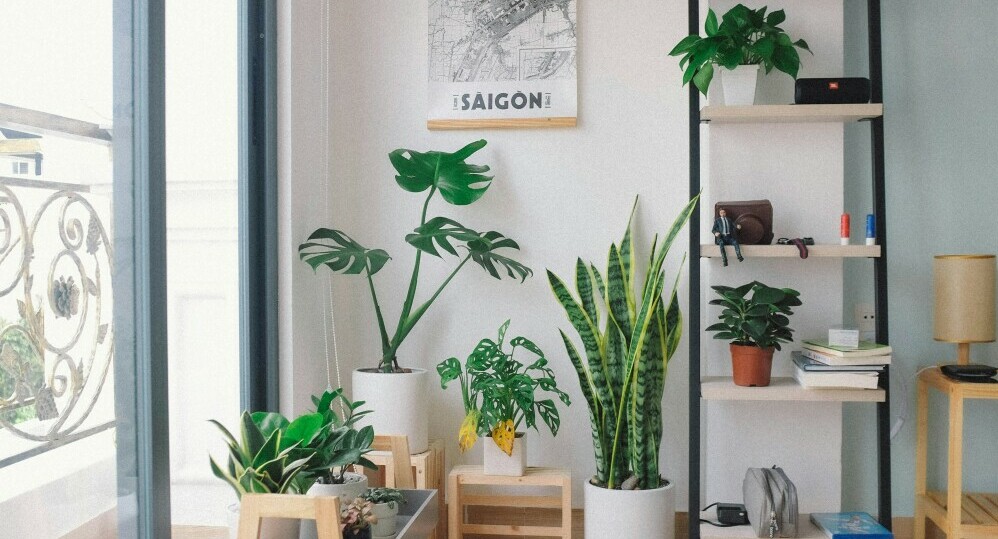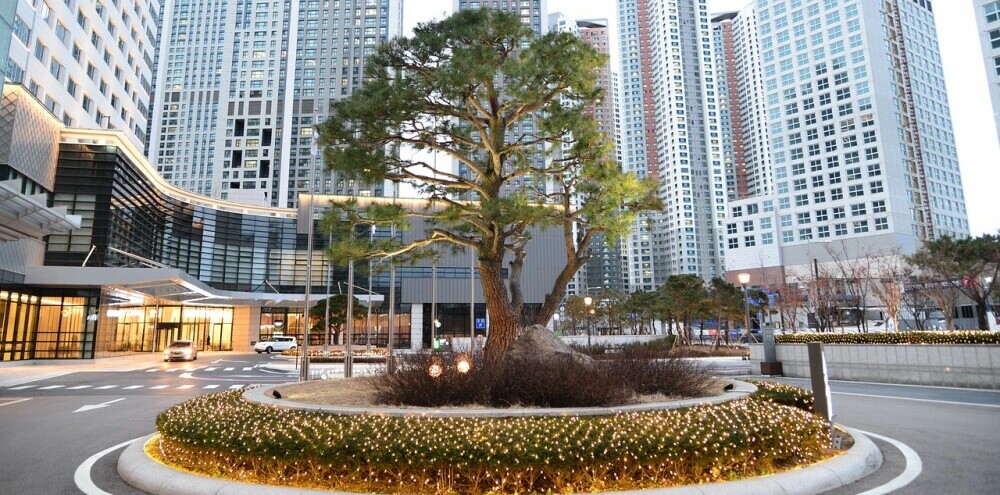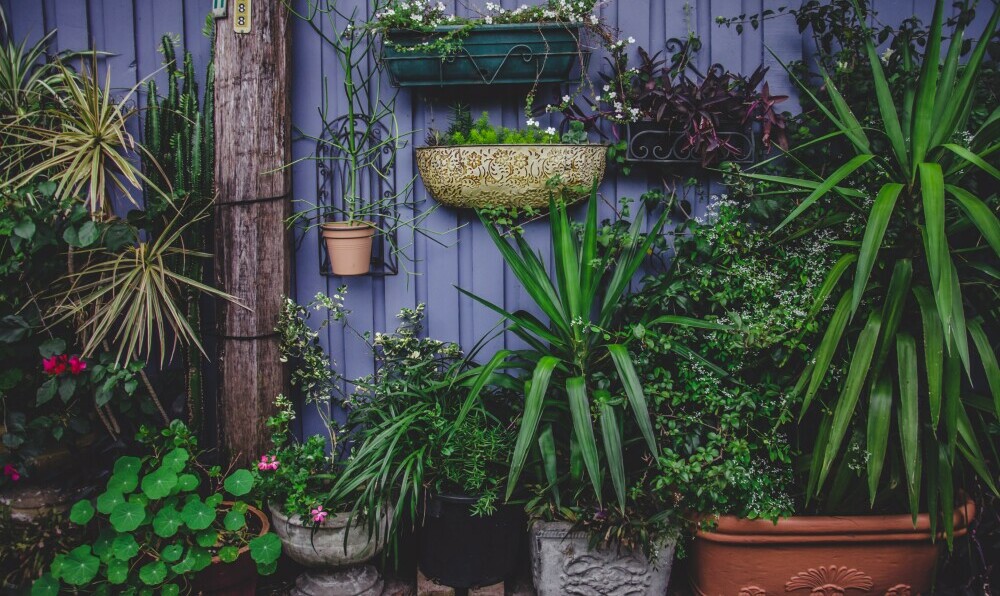 I know that creating an inviting garden in a confined space can seem challenging. It’s easy to think that with limited square footage, options might be restricted. But I’m here to show you that with the right approach, a small garden can transform into something truly special.
I know that creating an inviting garden in a confined space can seem challenging. It’s easy to think that with limited square footage, options might be restricted. But I’m here to show you that with the right approach, a small garden can transform into something truly special.
The challenges of a small garden are real. Yet, they prompt a surge in creativity. You’re not simply aiming to plant a few flowers; you’re designing an extension of your living space. This requires strategy. And the secret? It’s all about making each element serve multiple purposes and drawing the eye upwards to give the illusion of more space.
Vertical gardening is like discovering an extra room you never knew you had. By using walls, trellises, and hanging baskets, you’re able to host a multitude of plants without sacrificing precious floor space. Pair this with multi-functional features such as benches with built-in planters, and you’ve got yourself a small garden that packs a punch.
Choice of plants is critical. You’ll aim for varieties that maximize beauty without overcrowding. Think climbing roses, herbs, and dwarf shrubs – plants that live well together and stay manageable. As for container gardening, it’s the ultimate space-saver, giving flexibility to shuffle the layout as seasons or preferences change.
Having a place to sit and relish your garden is a must. The trick is integrating seating areas cleverly, so they complement, rather than compete with, your plants. Fold-up furniture, or pieces that double as storage, can be a lifesaver. And remember, every inch counts.
All this planning lays the foundation for the next step: choosing the right plants and features to turn your garden into a thriving green retreat. It’s not just about filling the space but curating it to create an environment that brings joy and serenity to your life.
Selecting Plants and Features for Your Micro Oasis
 Picking the right plants and features for your small garden isn’t just about personal taste; it’s about making strategic decisions that maximize both beauty and functionality. When space is at a premium, every choice counts. You want plants that don’t just survive, but thrive in confined spaces. Dwarf varieties and slow-growing species can be your best friends here. They won’t overrun your garden and will require less frequent trimming.
Picking the right plants and features for your small garden isn’t just about personal taste; it’s about making strategic decisions that maximize both beauty and functionality. When space is at a premium, every choice counts. You want plants that don’t just survive, but thrive in confined spaces. Dwarf varieties and slow-growing species can be your best friends here. They won’t overrun your garden and will require less frequent trimming.
Seasons change, and so should your garden. To provide year-round appeal, consider plants that offer different things at different times of the year: blossoms in spring, lush foliage in summer, vibrant colors in autumn, and structural interest in winter. But remember, this isn’t a one-size-fits-all affair. What works in one climate may not work in another, so local knowledge is key.
Your garden should be more than a plant exhibit. By introducing features like mirrors to create the illusion of space, water elements for serenity, strategic lighting for evening ambiance, and a smart use of color, you can make a small garden feel larger and more inviting. The right color palette can energize a space or cool it down. Bright colors bring warmth and the illusion of closeness, while cooler tones can make a space feel open and tranquil.
Our responsibility to the environment extends to our garden gates. An eco-friendly approach includes using native plants that are adapted to local conditions, requiring less water and care. It also means making your own compost and using natural pest control methods. Don’t overlook the power of edible plants, either. Herbs, vegetables, and fruit trees not only provide fresh produce but can also add structure and color.
Ultimately, the plants and features you choose should align with your lifestyle and the amount of time you’re willing to invest in garden care. With the right strategies, your small garden will not only flourish but also become a cherished extension of your home.
Maintenance and Evolution: Keeping Your Garden Flourishing
 Your small garden can be a source of immense joy and pride, offering a lush retreat from the urban hustle. Yet, the ongoing upkeep remains essential to ensure that your petite paradise continues to thrive year-round.
Your small garden can be a source of immense joy and pride, offering a lush retreat from the urban hustle. Yet, the ongoing upkeep remains essential to ensure that your petite paradise continues to thrive year-round.
Regular maintenance is the key to a garden that remains vibrant and healthy. Pruning isn’t just about shaping; it’s about promoting new growth and maximizing light exposure to all plants. Paying close attention to soil health, including fertilization and moisture balance, allows your greenery to flourish.
Pest control is just as critical in small spaces, where the spread of disease can happen quickly. Stay vigilant, and use organic pest management strategies to keep your garden safe for both plants and local wildlife.
However, even the best-kept garden needs change to keep things interesting. Seasonal updates and introducing new plant varieties can provide an ever-changing display that maintains your interest and that of any onlookers.
Remember, a functional garden does more than look good; it adapts to your needs while being easy to maintain. Avoid common mistakes, such as overcrowding or choosing high-maintenance varieties that don’t suit the garden’s scale or your lifestyle.
And if you ever feel overwhelmed, reach out for help. Gardening communities and resources abound — online forums, local clubs, and gardening courses offer invaluable insights and support on your gardening journey.
Whether you’re pruning roses or planning next season’s blooms, every moment spent in your garden is an investment in a serene space that refreshes the spirit. Nurture it, and it will reward you with a beautiful tableau that breathes life into every corner.
